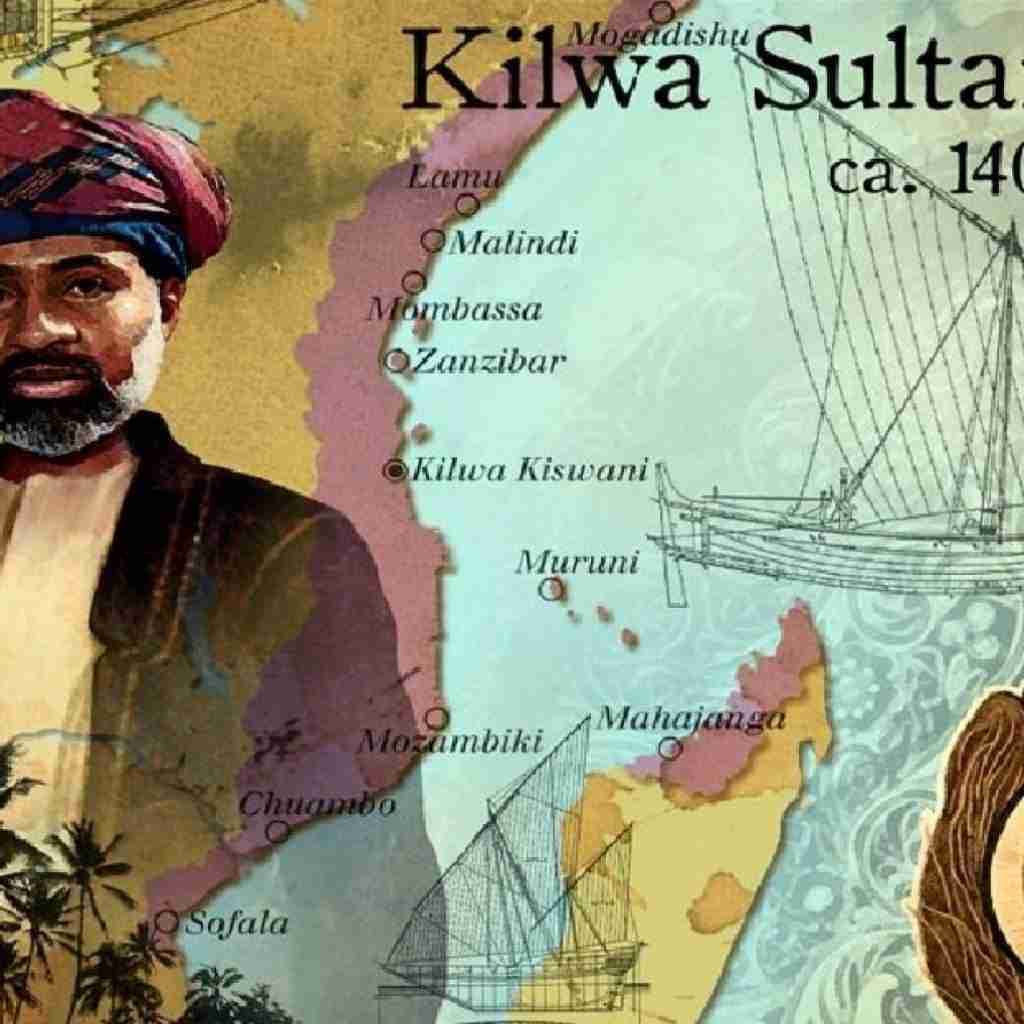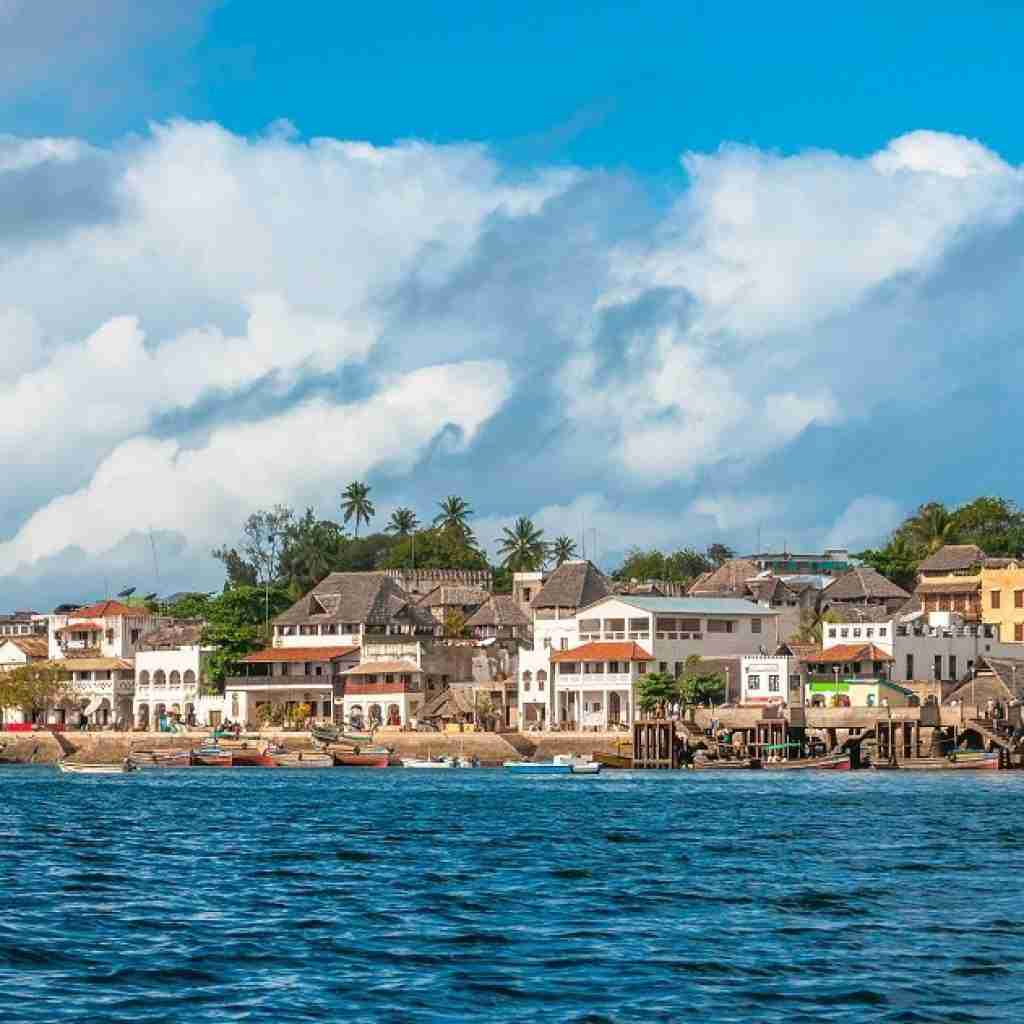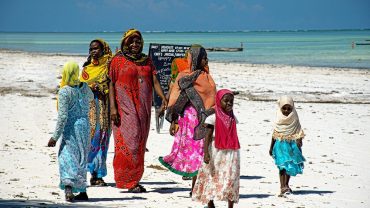La costa orientale dell’Africa non è solo safari nella natura selvaggia, spiagge meravigliose, fondali meravigliosi. Anche questa parte della “terra swahili” ha una storia molto interessante. L’intera costa faceva parte di importanti regni, qui chiamati “sultanati”, il più importante dei quali era il sultanato di Kilwa. Ma anche l’isola di Zanzibar era un sultanato. Più recente di Kilwa (coprì il periodo 1856-1964), ebbe la stessa importanza. Tra un classico safari e una bella esperienza di snorkeling, prendetevi del tempo e andate alla scoperta delle antiche testimonianze, delle rovine, dei ricordi che raccontano, oggi, di questo mondo magico ormai scomparso.
Il Sultanato di Kilwa
In un’epoca che risale al 900 – 1000 d.C., il principe persiano Ali ibn al-Hussein Shirazi dovette lasciare la sua città natale e il suo regno in Persia. I suoi fratelli lo consideravano illegittimo e gli avevano tolto i diritti di eredità. Andò a sud, lungo le coste arabe e africane e arrivò nella moderna Tanzania. Lì acquistò una piccola isola, Kilwa, e vi si stabilì con la sua famiglia e la sua corte. La presenza della ricca famiglia, unita alla posizione centrale dell’isola che la rendeva perfetta per i commerci, fecero sì che vi si stabilissero anche molte altre persone.
La città di Kilwa divenne presto una grande città e la capitale di un sultanato che comprendeva l’intera costa swahili (dalla Somalia alla Tanzania) più parte del Madagascar e l’isola di Zanzibar. Nel XIII secolo, la famiglia araba di Mahdali ereditò il sultanato dagli Shirazi e lo condusse a un’epoca di ancor più gloria e ricchezza. Il declino iniziò nel XVI secolo. Nel 1740 entrò a far parte del territorio di Zanzibar. Nel XIX secolo divenne una colonia tedesca e perse la sua indipendenza.
 Tracce di Kilwa oggi
Tracce di Kilwa oggi
Il sultanato di Kilwa oggi non esiste più. La regione di Kilwa, in Tanzania, porta ancora il suo nome e ne ricorda la memoria. La piccola isola di Kilwa Kisiwani – Patrimonio dell’UNESCO – mostra le rovine della capitale, raro esempio di architettura medievale in Africa. Da non perdere la Grande Moschea, il Palazzo Mkutini e il Palazzo Husuni Kubwa. Vale anche la pena visitare le due fortezze, Gereza Fort e Husuni Ndogo. Il capoluogo dell’isola è anche esso chiamato Kilwa.
Il Sultanato di Zanzibar
L’isola di Zanzibar era un luogo molto importante della cultura swahili in passato. Divenne poi una colonia europea non appena i portoghesi la conquistarono nel XV secolo, poi (1698) entrò a far parte del sultanato arabo dell’Oman. Due secoli dopo, l’isola era un luogo così importante nell’area che la capitale dell’Oman vi si trasferì in blocco, risiedendo nella piccola città di Stone Town! A causa di lotte interne della locale Famiglia Reale, Zanzibar divenne indipendente dall’Oman: era il 1861 e nacque il nuovo Sultanato di Zanzibar.
Il Sultanato di Zanzibar si diffuse lentamente in tutta parte della costa orientale dell’Africa, tra Mombasa e Dar es Salaam. Aveva proprietà anche nelle regioni interne, lungo il fiume Congo. I coloni europei appena arrivati, prima i tedeschi poi gli inglesi, decisero di approfittarne. Gli inglesi in particolare riuscirono a inserire Zanzibar nel loro Commonwealth, dove rimase un regno semi-autonomo fino al 1963. I locali combatterono per l’indipendenza e, non appena la ottennero nel 1964, abolirono la monarchia e divennero una regione autonoma all’interno dello stato della Tanzania. (traduzione dall’inglese di G.Musumeci)






Comment (0)